Understanding Addiction
-
What is Addiction?
- A page by CASAColumbia, a drug research program that describes what addiction is, its prevalence and impact.
- NCASA
-
Drug Use Information for Teens
- A comprehensive website on drug use information for teens
- NIH
-
Find a Narcotics Anonymous Support Group
Treatment for Substance Use Disorder
-
Know Your Rights
- A PDF brochure from SAMHSA brochure detailing the rights of persons in recovery from substance use disorders who are on medication-assisted treatment.
- DOH
-
National Treatment Locator
- A tool by SAMHSA that allows you to search for treatment near you.
- SAMHSA
-
Non-Faith Based Recovery Programs
Guidelines for Patients from the CDC
-
What are Opioids?
- Opioids are either natural or synthetic chemicals that reduce the feelings of pain, and some common prescription opioid pain relievers are:
- Hydrocodone (Vicodin)
- Oxycodone (OxyContin)
- Oxymorphone (Opana)
- Methadone
- Fentanyl
-
Are opioids safe?
- Prescription opioids can help with some types of pain in the short term but have serious risks. They can be an important part of treatment in some circumstances and can effectively relieve suffering for patients with active cancer or others in hospice or palliative care, but studies are not available to indicate whether opioids control chronic pain well when used long-term. Before taking opioid medication for your chronic pain, please note the following:
- Discuss pain treatment options – including ones that do not involve prescription drugs;
- Tell your doctor about past or current drug and alcohol use; and
- Discuss all of the risks and benefits of taking prescription opioids.
-
What If you are prescribed opioids?
- Use them only as instructed by your doctor. Never take opioids in greater amounts or more often than prescribed.
- Unless specifically advised by your doctor, avoid these other drugs while taking this medication:
- Alcohol
- Benzodiazepines (ie. Xanax and Valium);
- Muscle relaxants (ie. Soma or Flexeril);
- Hypnotics (ie. Ambien or Lunesta); and
- Other prescription opioid pain relievers.
- Work with your doctor to create a plan on how to manage your pain, and consider non-opioid options.
- Follow up regularly with your doctor.
- Talk to your doctor about any and all side effects and concerns.
- Store opioid pain relievers in a safe place and out of reach of others.
- Help prevent misuse and abuse by not selling or sharing prescription opioid pain relievers. Never use another person’s prescription opioids.
- Find your community drug take-back program or your pharmacy mail-back program to safely dispose of unused prescription opioids pain relievers
- Safer, more effective pain management tips from the CDC.
Where to Find Naloxone
-
Community Based Education and Naloxone Rescue Kits
- A presentation by Dr. Alexander Walley, Medical Director at the Massachusetts Department of Public Health Opioid Overdose Prevention Pilot aimed at education on a community level and explaining the importance of Naloxone.
- Allegheny County Overdose Prevention Coalition
Materials







